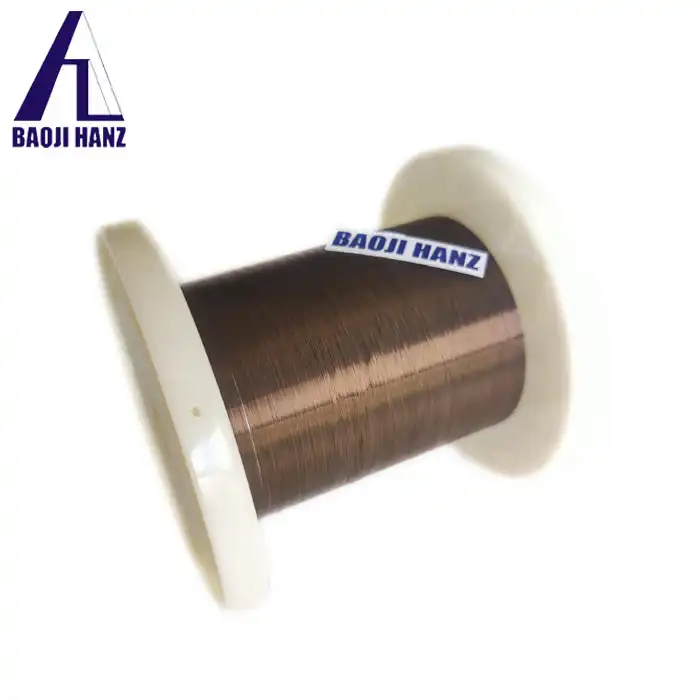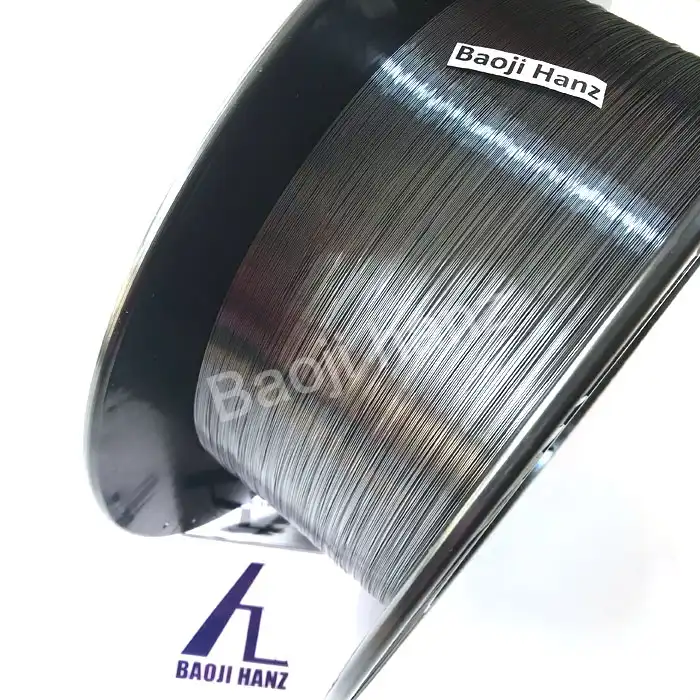Production description:
We specialize in supplying high-quality Nickel-Titanium (NiTi) wires, also known as Nitinol or Shape Memory Alloy (SMA) wires. Our products are engineered for superior performance in applications demanding superelasticity, shape memory effect, outstanding biocompatibility, and excellent corrosion resistance. Precision-controlled manufacturing ensures consistent transformation temperatures and mechanical properties.
Key Features & Advantages:
|
Feature |
Advantage & Benefit |
|
Superelasticity |
Can withstand large recoverable strains (up to 8%), ideal for applications requiring high flexibility and fatigue resistance. |
|
Shape Memory Effect |
Returns to a pre-programmed shape upon heating, enabling compact designs and thermally-activated mechanisms. |
|
Excellent Biocompatibility |
Meets ISO 10993 and ASTM F2063 standards, perfect for medical and dental implants, surgical tools, and orthodontic devices. |
|
High Corrosion Resistance |
Performs reliably in harsh environments, including seawater and chloride-rich media. |
|
Wide Range of Specifications |
Available in various diameters, transformation temperatures (Af), and tempers (as-drawn, straightened, annealed) to suit specific needs. |
Parameters:
1.Name: Nitinol wire
2.Standard:ASTMF2063-18
3.wire size range: Dia0.025mm-3mm
4.Surface: light oxide/black/ polished
5.AF range:-30-100 Degree ℃
6.Density:6.45g/cc
7.Feature: superelastic/ shape memory
8.Grades of nitinol can be chosen in below
Primary Applications:
Medical Devices: Guidewires, stent components, orthodontic archwires, bone anchors, surgical staples, laparoscopic instruments.
Industrial & Actuators: Thermal actuators, fluid control components, couplings, fasteners, and robotic components.
Consumer & Specialty: Eyeglass frames, antennas, high-performance springs, and innovative smart material applications.
Research & Development: Prototyping for next-generation products utilizing shape memory or superelastic properties.
Why Choose Us?
Deep Expertise: Over 12 years of focused experience in Nitinol processing.
Full Traceability: Strict process control from melt to final wire, ensuring batch-to-batch consistency.
Customization Focus: We work closely with clients to develop wire specifications that perfectly match their application requirements.
Reliable Global Supply: Efficient logistics to support your projects worldwide.
Contact :
Baoji Hanz Metal Material Co., Ltd
Add: 3BL,DongChen Guoji, GaoXin District, Baoji,721013, ShaanXi, China.
Tel: +86-917-3258889 /Web: www.hznitinol.com
Phone /Whatsapp/ Wechat : +86 15291702316
Emails: hztech06@hanztech.cn / baojihanz-metal@hanztech.cn
If you are interested in Nitinol wire, please let us detail specifications( size, quantity, surface, tolerance & other requirments.so as to we can send you an exact quotation within 24 work hours.
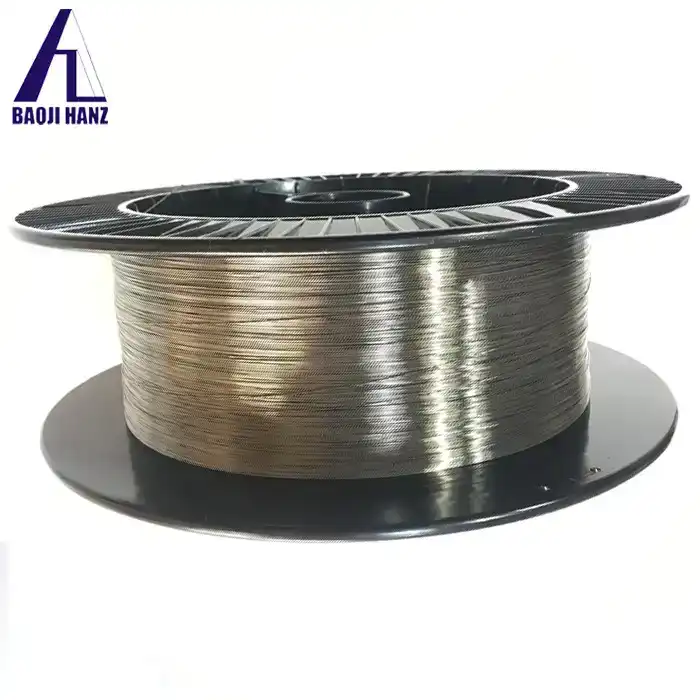
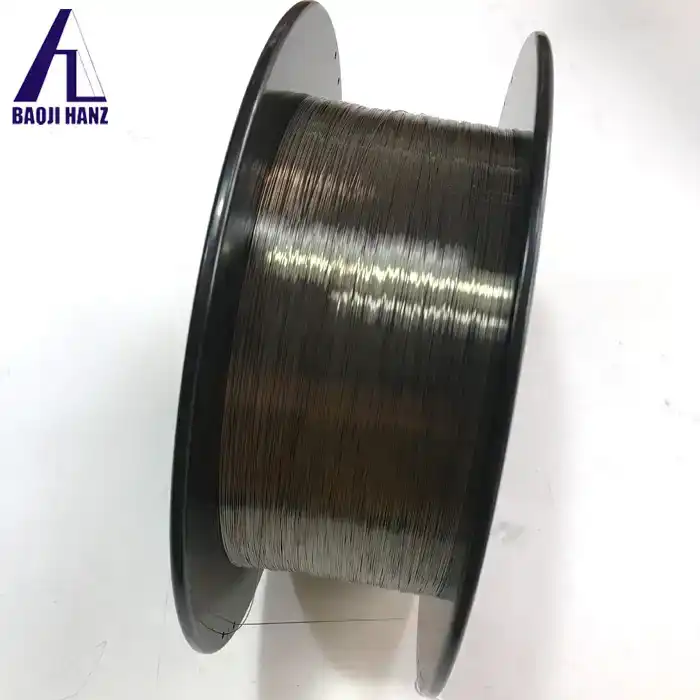
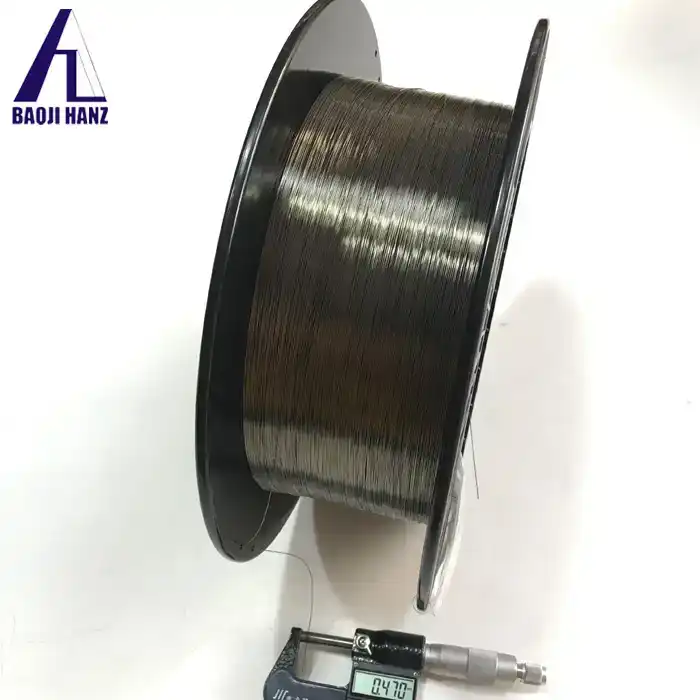
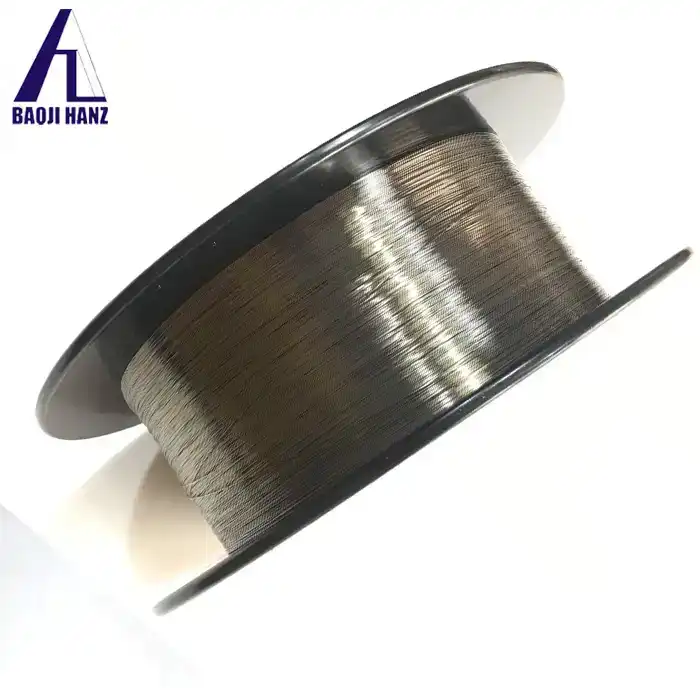
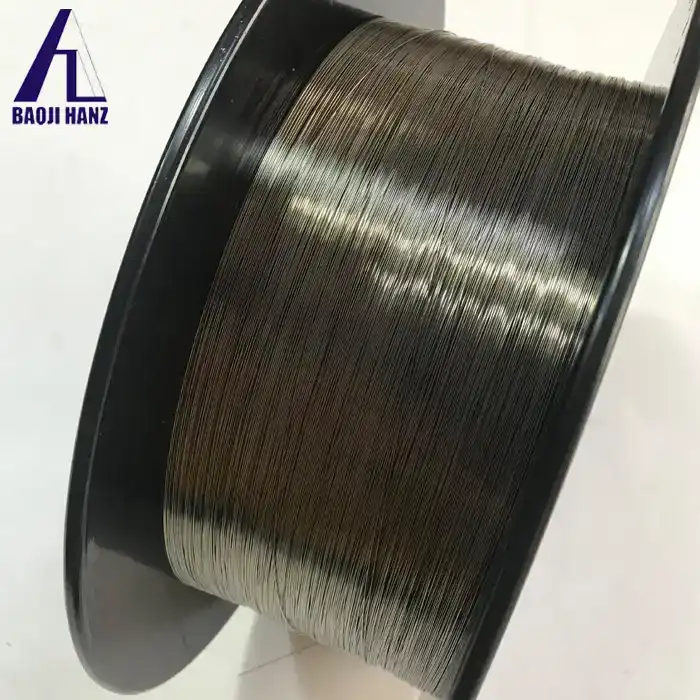





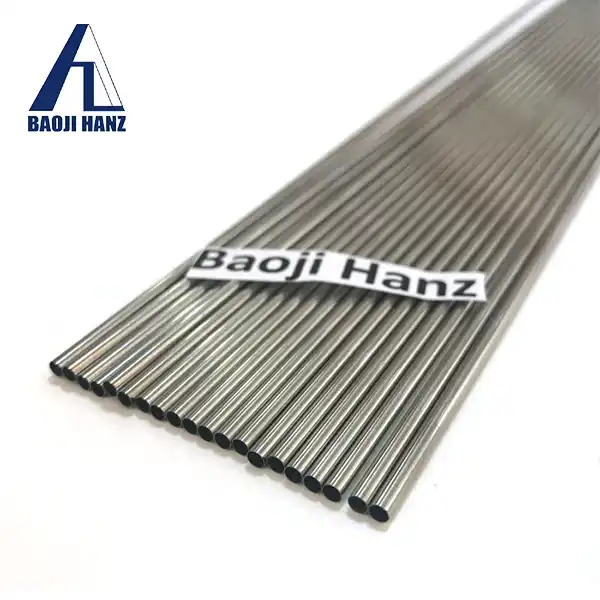
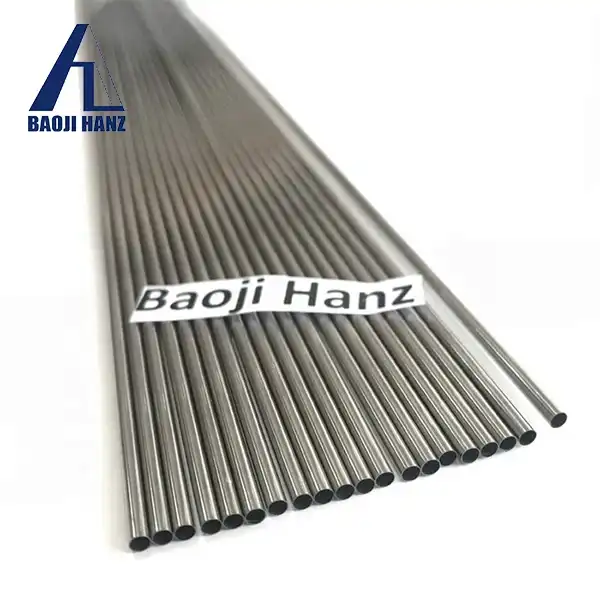
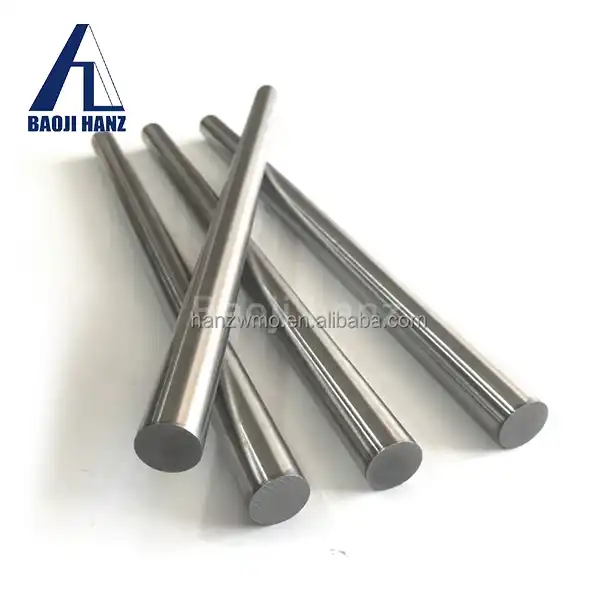
.webp)
.webp)
